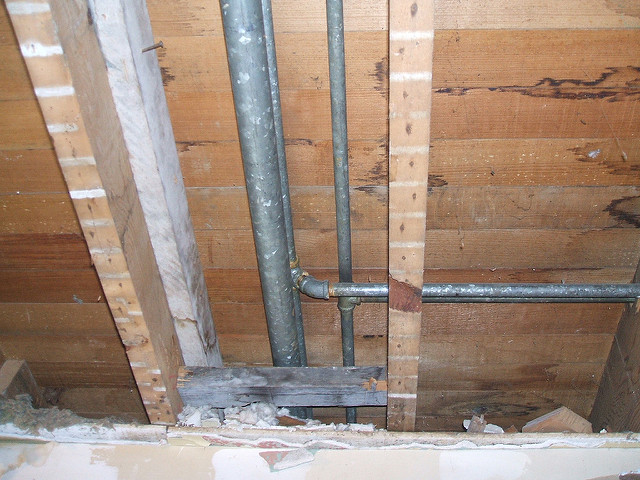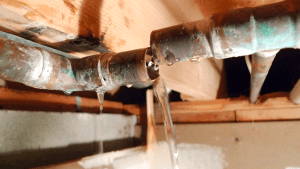Finding Hidden Water Line Leaks: 6 Ingenious Methods
Finding Hidden Water Line Leaks: 6 Ingenious Methods
Blog Article
We have discovered this article on Finding hidden leaks down the page on the web and decided it made sense to relate it with you over here.

Early detection of leaking water lines can minimize a potential catastrophe. Some small water leakages might not be noticeable.
1. Examine the Water Meter
Examining it is a guaranteed means that helps you find leakages. If it relocates, that indicates a fast-moving leak. This implies you might have a slow-moving leakage that could even be underground.
2. Inspect Water Usage
Assess your water bills as well as track your water usage. As the one paying it, you must observe if there are any type of disparities. If you detect sudden changes, despite your consumption being the same, it means that you have leakages in your plumbing system. Bear in mind, your water bill must fall under the exact same range on a monthly basis. A sudden spike in your expense shows a fast-moving leakage.
Meanwhile, a steady rise every month, even with the very same routines, reveals you have a slow-moving leakage that's also gradually escalating. Call a plumber to completely examine your residential property, specifically if you feel a cozy location on your floor with piping below.
3. Do a Food Coloring Examination
30% comes from bathrooms when it comes to water consumption. Examination to see if they are running correctly. Decrease flecks of food shade in the tank as well as wait 10 mins. If the shade somehow infiltrates your dish during that time without flushing, there's a leakage in between the container as well as bowl.
4. Asses Exterior Lines
Do not forget to inspect your exterior water lines too. Must water permeate out of the connection, you have a loosened rubber gasket. One small leak can waste tons of water and spike your water costs.
5. Inspect as well as Evaluate the Circumstance
Property owners should make it a practice to examine under the sink counters as well as also inside cabinets for any type of bad odor or mold and mildew growth. These two red flags suggest a leakage so punctual attention is called for. Doing regular evaluations, even bi-annually, can conserve you from a significant issue.
Examine for stainings and also weakening as most pipelines as well as home appliances have a life expectancy. If you suspect dripping water lines in your plumbing system, do not wait for it to escalate.
Early detection of dripping water lines can alleviate a prospective disaster. Some little water leaks may not be visible. Checking it is a proven method that helps you uncover leaks. One little leak can waste bunches of water and surge your water bill.
If you presume leaking water lines in your plumbing system, do not wait for it to intensify.
WARNING SIGNS OF WATER LEAKAGE BEHIND THE WALL
PERSISTENT MUSTY ODORS
As water slowly drips from a leaky pipe inside the wall, flooring and sheetrock stay damp and develop an odor similar to wet cardboard. It generates a musty smell that can help you find hidden leaks.
MOLD IN UNUSUAL AREAS
Mold usually grows in wet areas like kitchens, baths and laundry rooms. If you spot the stuff on walls or baseboards in other rooms of the house, it’s a good indicator of undetected water leaks.
STAINS THAT GROW
When mold thrives around a leaky pipe, it sometimes takes hold on the inside surface of the affected wall. A growing stain on otherwise clean sheetrock is often your sign of a hidden plumbing problem.
PEELING OR BUBBLING WALLPAPER / PAINT
This clue is easy to miss in rooms that don’t get much use. When you see wallpaper separating along seams or paint bubbling or flaking off the wall, blame sheetrock that stays wet because of an undetected leak.
BUCKLED CEILINGS AND STAINED FLOORS
If ceilings or floors in bathrooms, kitchens or laundry areas develop structural problems, don’t rule out constant damp inside the walls. Wet sheetrock can affect adjacent framing, flooring and ceilings.
https://www.servicemasterbyzaba.com/blog/how-to-detect-water-leakage-in-walls/

Do you like reading about Finding hidden leaks? Give a comment below. We would be glad to find out your thinking about this content. In hopes that you come back again soon. Liked our entry? Please share it. Let somebody else check it out. Thank-you for going through it.
Fix it ASAP! Call. Report this page